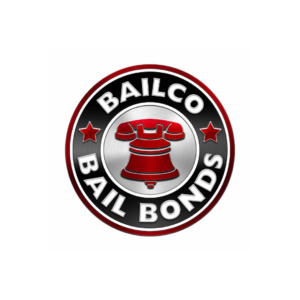Bail Bonds: Understanding the Basics and Your Options
Bail Bonds: Understanding the Basics and Your Options
 Getting arrested can be a frightening experience, not only for the person involved but also for their loved ones.
Getting arrested can be a frightening experience, not only for the person involved but also for their loved ones.
One of the first things that come to mind is how to get out of jail as soon as possible. That’s where bail bonds come in.
In this article, we will explore the basics of bail bonds and the different options available to those who need them.
What are Bail Bonds?
Bail is a monetary amount set by a judge that a person must pay to be released from jail while they wait for their trial.
Bail bonds are an agreement between the defendant, a bail bondsman, and the court.
The bail bondsman agrees to pay the bail amount on behalf of the defendant, in exchange for a fee (usually around 10% of the bail amount) and some form of collateral, such as property or a car.
Once the bail is paid, the defendant is released from jail and can go about their daily life until their court date. If the defendant shows up for their court date, the bail amount is returned to the bail bondsman, and the collateral is returned to the defendant.
If the defendant does not show up for their court date, the bail amount is forfeited, and the bail bondsman can use the collateral to cover the cost.
Different Types of Bail Bonds
There are several types of bail bonds available to defendants, depending on the nature of their case and the court’s rules.
The most common types of bail bonds are:
Cash Bond – This is the simplest form of bail bond, where the defendant pays the full bail amount in cash to the court. The cash is held as collateral until the defendant’s case is resolved, and if they show up for their court date, the cash is returned to them.
Surety Bond – This is the most common type of bail bond, where a bail bondsman pays the bail amount on behalf of the defendant. The defendant pays a fee (usually around 10% of the bail amount) and provides collateral, which is returned if they show up for their court date.
Property Bond – This is a type of bail bond where the defendant provides property as collateral instead of cash. If the defendant fails to appear in court, the property can be seized by the court to cover the bail amount.
Federal Bail Bond – This is a type of bail bond for federal cases, where a defendant is accused of a crime that violates federal law. Federal bail bonds require a higher fee and more substantial collateral than other types of bail bonds.
Conclusion
Bail bonds can be a lifesaver for those who need to get out of jail quickly and wait for their trial from the comfort of their homes.
Understanding the different types of bail bonds available and their associated costs and risks can help defendants and their loved ones make an informed decision about which option is best for them.
If you or someone you know is facing criminal charges, contact bailco bonds for guidance and assistance.